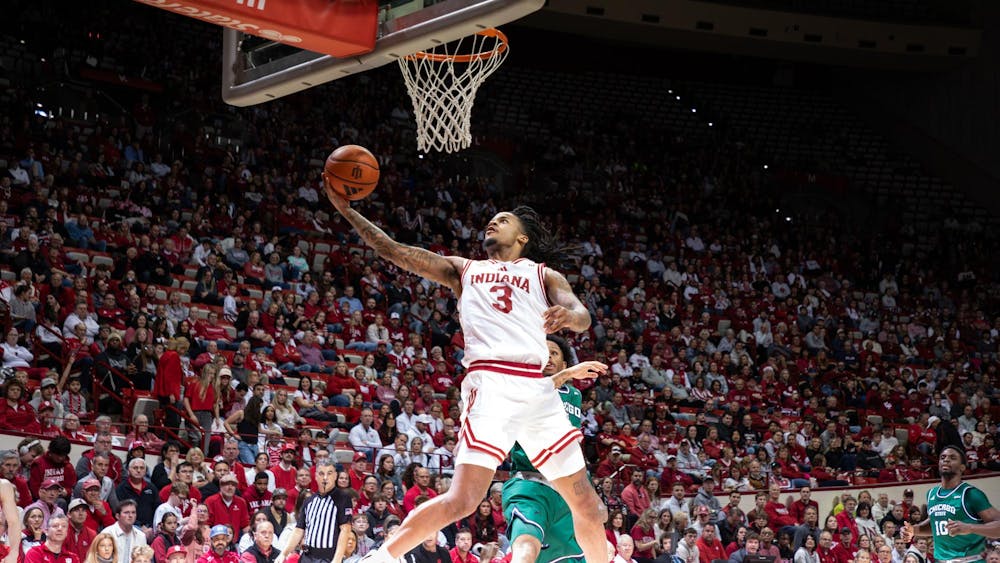Doctors at the Krannert Institute of Cardiology in Indianapolis performed their first gene therapy treatment last week with hopes to use it as a new procedure to alleviate heart disease. \nGene therapy is a technique for correcting defective genes responsible for disease development. \nThe idea of gene therapy started in Europe about seven years ago. Doctors had been using it for back pain and other parts of the body, so they thought if they stimulated the spinal cord they could use it on patients with heart disease as well. \nDr. Douglas Zipes, who is the principal investigator of the national study and the director of cardiology at the IU Krannert Institute of Cardiology, said they first did an animal study in Indianapolis to investigate the details of the treatment.\nThe team at Krannert set up different studies at the various Krannert sites throughout Indianapolis.\nThe primary substance for the gene therapy treatment is the human protein, fibronectin.\nDavid Williams, another principal investigator and a member of the Herman B Wells Center for Pediatric Research at the IU Medical Center, said the protein has adhesive characteristics, which help transfer genes into cells that are used in this procedure.\n"In essence, think of fibronectin as Velcro and retroviral particles and stem cells as balls. Envision that, like Velcro, the fibronectin allows attachment of the retroviral particles and stem cells, or balls, immediately adjacent to each other. This then permits genes to pass easily from the retroviral ball to the stem cell ball," Williams said in a statement.\nDr. Jeffrey Breall was the main force behind the surgery. \n"This is a gene product that stimulates the growth of blood vessels," Breall explained. "So, ultimately, preliminary studies have shown that people who do get this product feel better and are able to exercise longer."\nZipes said there are no serious side effects other than a small risk of infection or hemorrhage. "Patients should experience the results of the surgery almost immediately and they should only have to go through the treatment once," he said.\nThe first patient was John Schleicher, a 63-year-old resident of Indianapolis. Schleicher has dealt with heart disease and severe chest pains for years. A week after the surgery he felt no difference; however, the doctors who performed the surgery told him it may take up to four weeks to feel results. \n"The responses are pretty dramatic," Zipes said. "Once it is approved, I am confident that it will be a widely used procedure."\n-- Contact staff writer Lindsay Kaplan at lkaplan@indiana.edu.
IU tests gene therapy for first time
New procedure to alleviate heart disease in some patients
Get stories like this in your inbox
Subscribe





